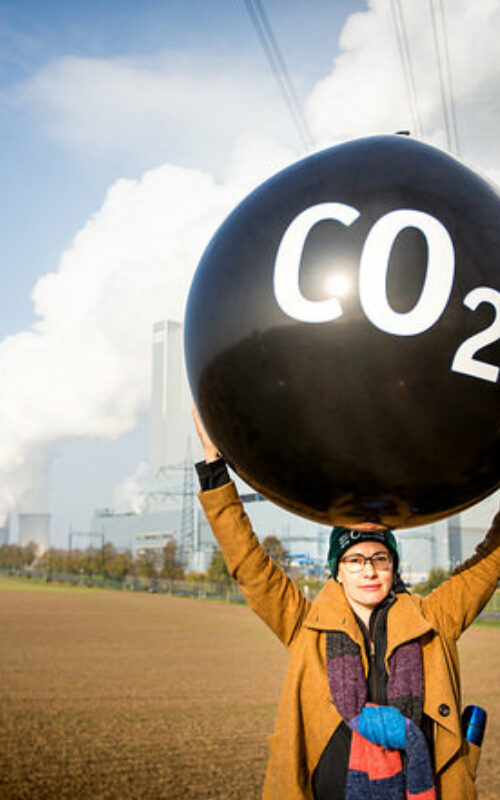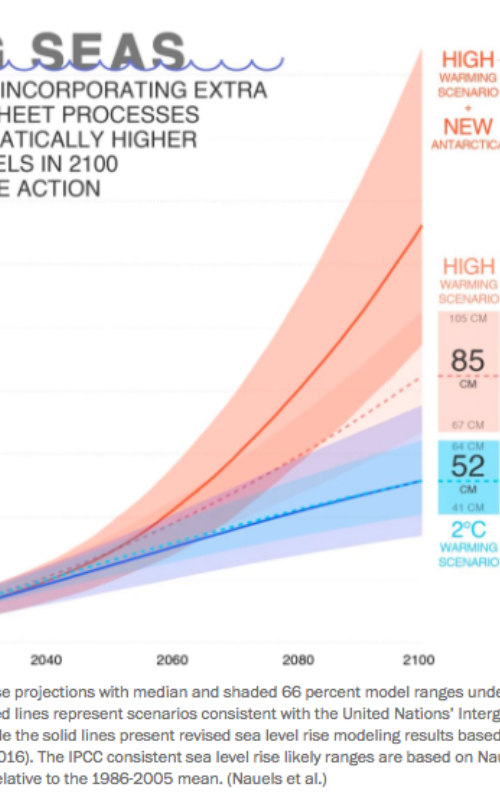Press releases
Media contacts:
press@climateanalytics.org
+49 1525 6124 061
Sign up to our media mailing list to receive our press releases and media alerts.

New analysis by a leading European climate research institute, Climate Analytics, has found the domestic carbon pollution from the full exploitation of all of Western Australia’s gas resources would be 4.4 times higher than what Australia’s entire energy system can emit to comply with the Paris Agreement.

Peaking global CO2 emissions as soon as possible is crucial for limiting the risks of sea level rise, even if global warming is limited to well below 2°C. A study now published in the journal Nature Communications analyses for the first time the sea level legacy until 2300 within the constraints of the Paris Agreement.

A new analysis of agricultural emissions by the Climate Action Tracker shows that reducing emissions through changes in farming practices alone will not be enough to limit global warming to 1.5°C, but changing our diets and reducing food waste could make significant additional reductions, which calls for a much more holistic approach.

Bonn - While US climate policy has been rolled back under President Trump, India and China have moved ahead, making significant progress in climate action over the past year, the Climate Action Tracker (CAT) said today.

We can only limit sea level rise to around half a meter by 2100 if cumulative carbon emissions stay below 850 gigatonnes and coal is nearly phased out by 2050. If emissions continue unchecked, oceans could rise 55 per cent more than previously thought – by around 130cm in 2100, according to a paper published in Environmental Research Letters today.

Deploying current technologies to decarbonise the steel and cement industries is unlikely to be sufficient to meet the Paris Agreement’s 1.5?C limit, according to a new Climate Action Tracker (CAT) study - "Manufacturing a low-carbon society: how can we reduce emissions from cement and steel?" - released today.